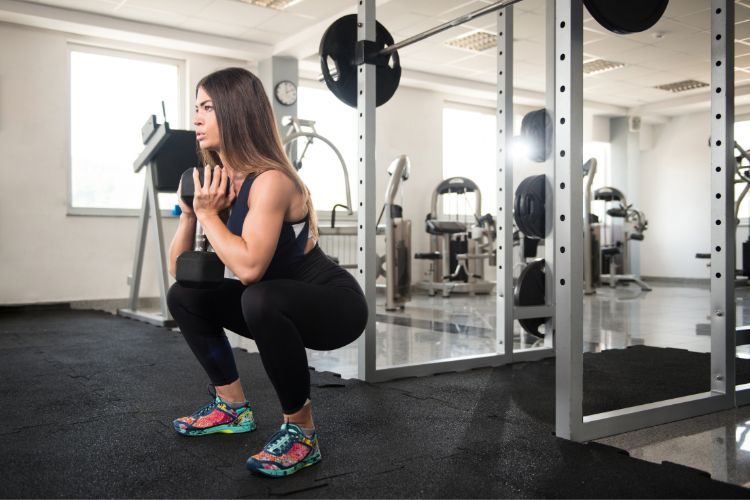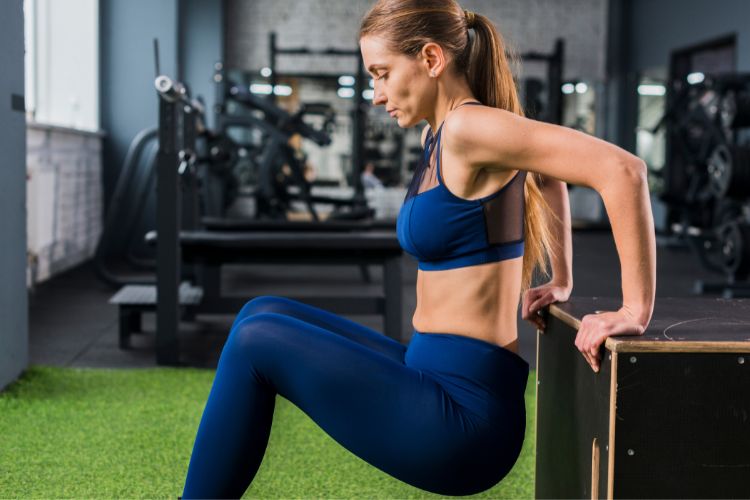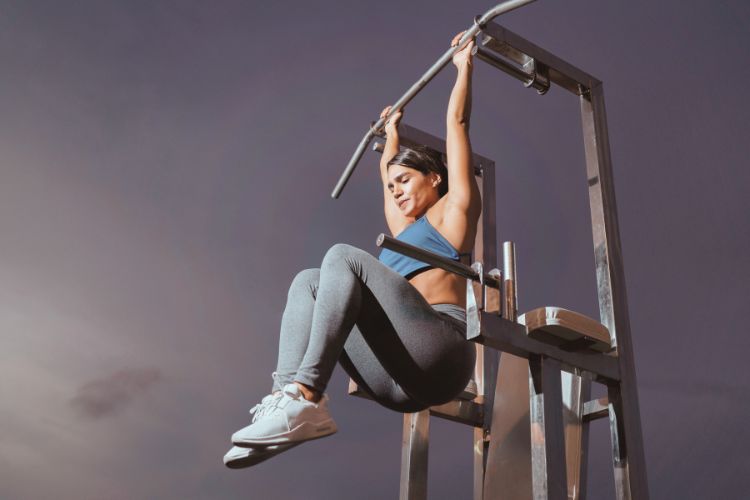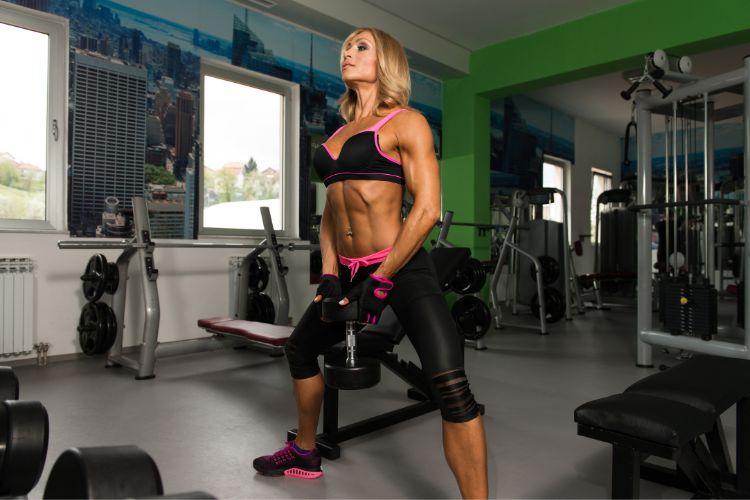Sign up for workout ideas, training advice, reviews of the latest gear and more.






Fitness is not a one-size-fits-all endeavor. Our bodies, goals, and lifestyles vary, necessitating tailored approaches to working out. One training method that has been gaining immense popularity among women is the upper-lower body split. This method offers flexibility, balance, and results, making it an excellent choice for women at all fitness levels.
An upper-lower body split involves dividing your workout days between exercises that target the upper body (like the chest, back, shoulders, and arms) and those targeting the lower body (like the legs and glutes). Typically, an individual following this split will dedicate two days a week to each section of the body, allowing for optimal recovery and growth.
Holistic Development: By focusing on different muscle groups, you ensure a balanced development. Women often desire a toned upper body and strong, sculpted legs and glutes. This split ensures each area gets the attention it deserves.
Flexibility: Life can be unpredictable. If you miss an upper body day, you can easily make up for it without throwing off your entire schedule. The clear division allows for better manageability of missed workouts.
Reduced Risk of Overtraining: By giving specific muscle groups their dedicated rest days, you reduce the risk of overtraining. This allows muscles to recover, rebuild, and grow stronger.
Variety: The split can keep workouts exciting. Since you’re working on different muscle groups, it’s easier to incorporate a variety of exercises, reducing workout monotony.
For the Upper Body:
Push Movements: These primarily target the chest, shoulders, and triceps. Examples include push-ups, bench presses, and overhead presses.
Pull Movements: These emphasize the back and biceps. Think of exercises like pull-ups, bent-over rows, and bicep curls.
Core Work: Incorporate moves like planks, Russian twists, and leg raises.
For the Lower Body:
Prioritize Form: Especially when starting, prioritize maintaining proper form over lifting heavy weights. This minimizes injury risk and ensures you’re targeting the right muscles.
Stay Hydrated: Muscles need water for optimal function and recovery. Keep a water bottle handy during workouts.
Incorporate Rest Days: Remember, muscles grow and repair during rest. Factor in at least two rest days or active recovery days a week.
Mix It Up: Every 4-6 weeks, try changing your exercises to keep your muscles guessing and avoid plateaus.
Listen to Your Body: If a particular muscle group feels overly sore or fatigued, give it an extra day of rest.
The Science Behind the Upper-Lower Body Split
For the skeptics among us, it might be helpful to understand the science behind why the upper-lower body split is so effective, particularly for women.
When you engage in resistance training, you’re essentially creating micro-tears in your muscles. Post-workout, your body goes into repair mode, rebuilding these muscles to be stronger than before. This process is known as Muscle Protein Synthesis (MPS). Studies have shown that MPS is elevated for up to 48 hours after a workout. Hence, training a muscle group every 48 hours, or roughly twice a week as the upper-lower split suggests, could maximize muscle growth and strength gains.
Hormonal Benefits
Resistance training can also produce favorable hormonal changes for women. When done correctly, it can increase the secretion of growth hormone and testosterone – both of which are integral to muscle growth and fat loss. The focused approach of the upper-lower split ensures you are maximizing these hormonal benefits by targeting muscle groups efficiently.
While fitness is a personal journey, many women share common goals:
Upper Body Toning and Strength: For women, developing a toned upper body doesn’t mean bulking up. Instead, it focuses on creating a lean, strong silhouette. Exercises such as tricep dips, shoulder presses, and lateral raises are perfect for targeting those areas women often wish to tone, like the arms and shoulders.
Lower Body Sculpting: Strong legs and glutes are often a primary focus. With the surge of interest in glute activation exercises and functional leg training, the split allows for dedicated sessions to hone in on exercises like Romanian deadlifts, sumo squats, and Bulgarian split squats.
Another less-discussed benefit of the upper-lower body split is the psychological boost:
Sense of Accomplishment: There’s a deep satisfaction in knowing you’ve dedicated an entire session to a specific part of your body. Leaving the gym after a comprehensive upper or lower body workout gives a sense of completion.
Mental Freshness: Since each day is different from the last, it keeps things fresh and exciting. You’re less likely to experience burnout or boredom when you’re not doing the same full-body routine each session.
Clearer Focus on Progress: The split allows you to zero in on progress for specific areas. For instance, you can more readily notice if you’re lifting heavier in your upper body sessions over time or performing better in your lower body workouts.
While the upper-lower split emphasizes strength training, it’s essential to integrate cardiovascular and flexibility exercises:
Cardio: You can easily weave in short, high-intensity interval training (HIIT) sessions after your strength workouts or on your rest days. For example, a quick 20-minute HIIT session post upper-body workout can elevate your heart rate and aid in fat loss.
Flexibility: Incorporating yoga or dedicated stretching sessions on your off days can enhance your range of motion, improve posture, and aid muscle recovery. Flexibility is often overlooked but remains a cornerstone of a well-rounded fitness regimen.
The beauty of the upper-lower body split lies in its simplicity and adaptability. With its roots grounded in science and its flexibility catering to personal preferences, this workout routine serves as an ideal blueprint for women keen on achieving their fitness goals.
As with any fitness regimen, consistency is key. While the upper-lower body split offers numerous advantages, results will only manifest with dedication, proper nutrition, and ample rest. So, gear up, chalk out your plan, and embark on a rewarding journey to a stronger, fitter you.
Stay up to date on the latest women’s health, fitness and lifestyle trends and tips.